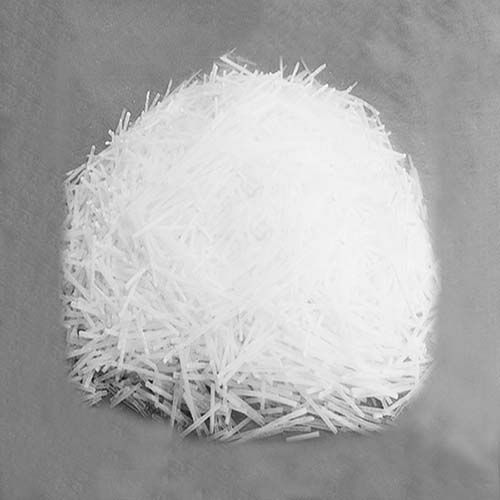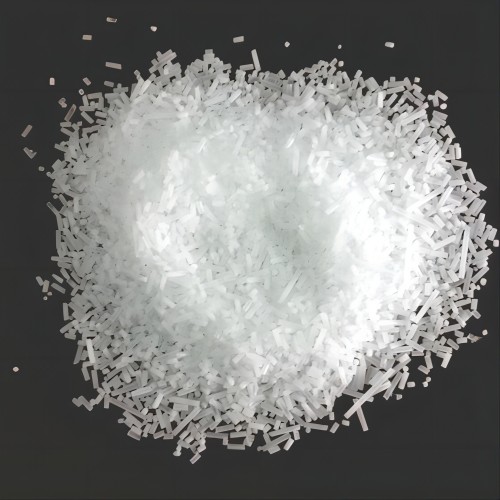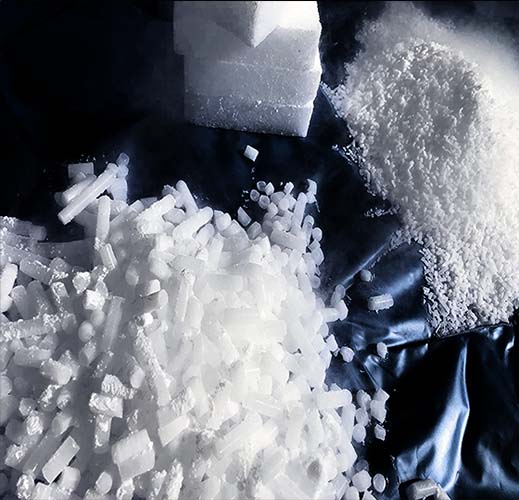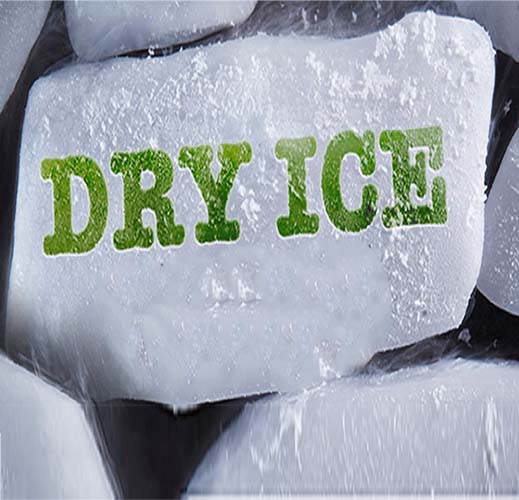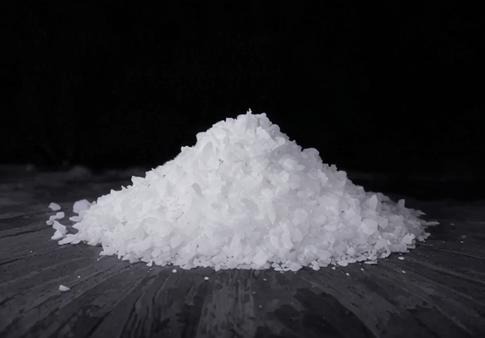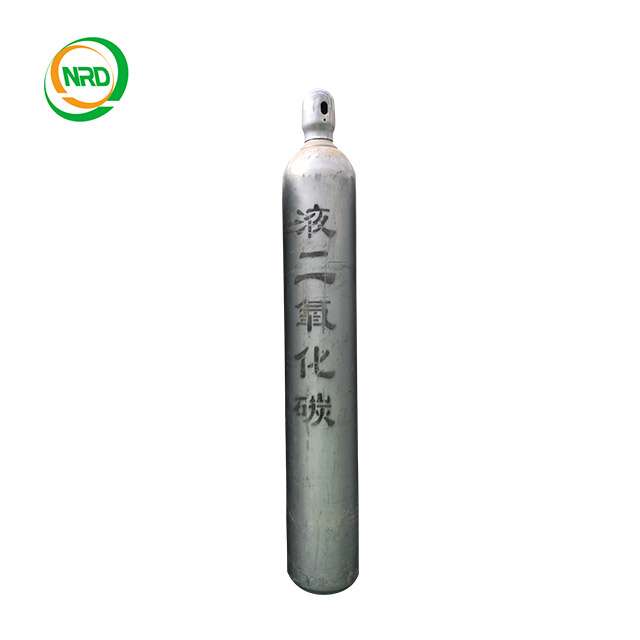
Products
We have more than 100 kinds of products in Special gas, Rare gas and Excimer Laser Gas
Temperature: -78.5℃
Product Specification:3MM、16MM
Grade:food-grade
Application Program
Solid carbon dioxide, commonly known as granular dry ice, has various applications due to its rapid cooling ability. It is widely used in industries such as food preservation and transportation. Additionally, it serves as a potent cleaning agent, especially for delicate surfaces in manufacturing and electronics. In the entertainment industry, it produces captivating visual effects by creating dense fog or smoke when combined with liquids. Moreover, it is useful in scientific research, fire suppression, and carbonating beverages. The versatility and distinctive properties of granular dry ice make it an invaluable resource across various industries.
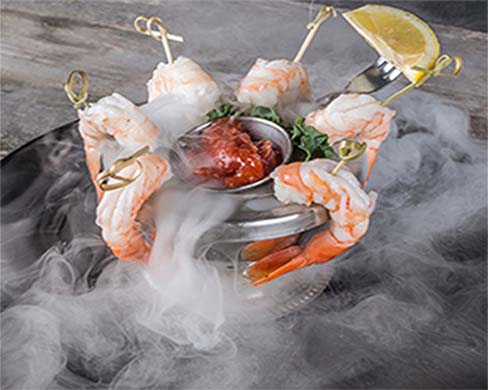
Making sashimi
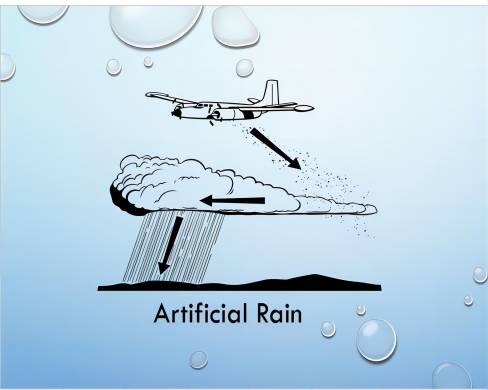
Artificial rain

Food preparation
Product details
Temperature: -78.5℃
Product Specification:3MM、16MM
Grade:food-grade
Related Products
Online message
If you have any questions, please leave us a message and we will reply as soon as possible.

